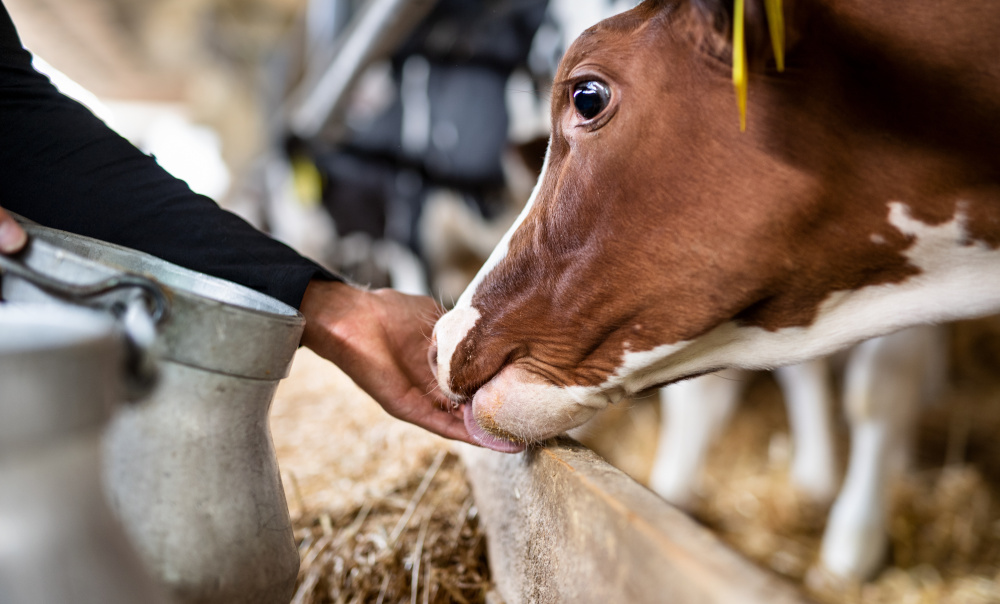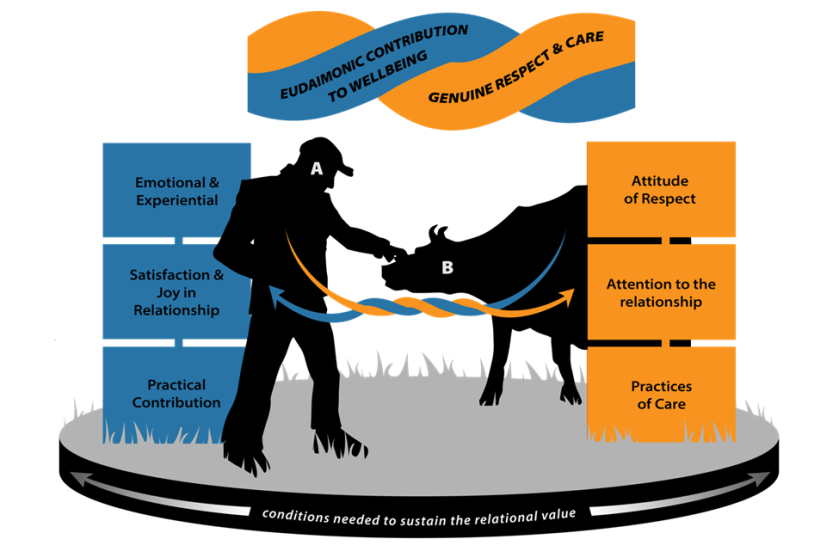Navigation auf uzh.ch
Navigation auf uzh.ch
Should we protect nature for its own sake or for people’s sake? In this paper we study a third kind of reason to protect nature – the relationships between people and nature. However, sustaining them requires physical, emotional, and socio-economic resources.

These reasons for caring are called “relational values.” But what exactly are relational values and how do they work in practice? Previously, we proposed a theoretical model of relational values. In this paper, we show how that model works with the example of Swiss Alpine livestock farmers.
We conducted 32 qualitative interviews with farmers in the Lower Engadin and Münster Valleys of the Swiss Alps. We found that relational values go both ways. For example, farmers expressed the relational value of caring well for their livestock, such as cows, sheep, or horses. In our interviews, the farmers explained the importance of paying attention to their animals to make sure they were healthy. In return, they found joy in their relationship with their animals, knowing the animals trusted them. In this example, the animal benefits because farmers gave attention, respect and care. The farmers in turn received satisfaction, joy and practical benefits. We also found important relational values between hunters and wild animals and between farmers and the place they farm (the landscape, pastures, and communities in their valleys). We suggest that it is this two-way relationship, or “give-and-take,” which characterizes relational values and the relationships behind them – not only for farmers but for many kinds of people and their relational values.

Importantly, we also found that the importance of relational values can be lost. Sustaining these valued relationships requires physical, emotional, and socio-economic resources. For example, if a farmer were sick, could not find joy in farm work or could not manage to make a living, then the quality of their relationship with the cows is lost. Relational values must be part of a lived experience and people need to be able to practice the care, attention and respect that sustain their relationships with nature, be it cows, deer or landscapes.
This text first appeared on Relational Thinking - The People and Nature Blog.
Chapman, M., & Deplazes-Zemp, A. (2022). ‘I owe it to the animals’: The bidirectionality of Swiss alpine farmers' relational values. People and Nature, 00, 1 –15. https://doi.org/10.1002/pan3.10415
Mollie Chapman, Anna Deplazes-Zemp